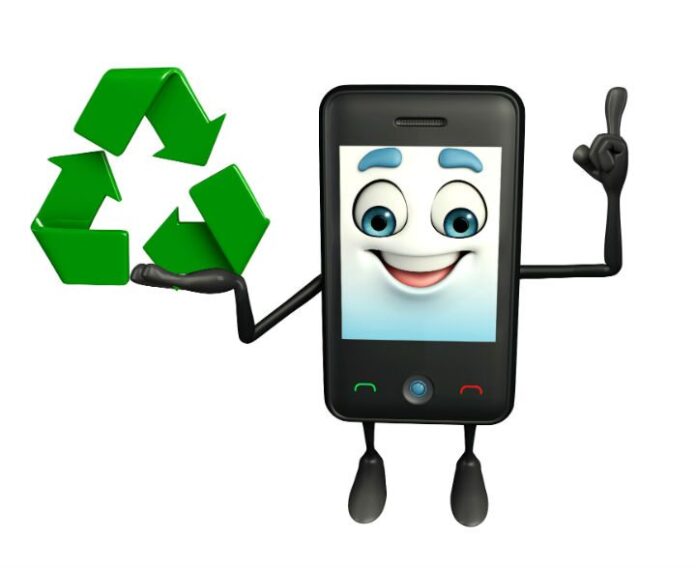Editor’s Note: In an attempt to broaden our interaction with our readers we have created this Reader Forum for those with something meaningful to say to the wireless industry. We want to keep this as open as possible, but we maintain some editorial control to keep it free of commercials or attacks. Please send along submissions for this section to our editors at: dmeyer@rcrwireless.com.
The evolution of customer expectations
Long gone are the days of sending your broken phone back to the manufacturer and waiting a week to see if it can be revived or if you’ll need a new device. Today, due to ever-increasing device dependence, consumers have much less tolerance for delay. Our smartphones have become our daily central command centers – we rely on them to keep us connected “24/7” with co-workers, family and friends, while keeping us on schedule and aware of traffic and weather along the way.
In a recent survey from B2X and Motorola Mobility, results showed that 74% of Americans keep their phone within reach throughout the entire day and 60% indicated that they actually sleep with their phones. With these kinds of numbers, it is no surprise that consumers today can’t be asked to part with their smartphones for more than a few hours.
The same survey revealed that over half of respondents typically replace their devices before the two-year mark. Americans are always looking for the next upgrade with the latest and greatest technology, triggering swifter and more frequent product launches. So much so that in an effort to reduce potential waste from all these outdated or damaged devices, manufacturers frequently promote device replacement rather than repair. Some manufacturers are even offering device replacement through kiosks or vending machines that will immediately exchange damaged devices for new ones.
How OEMs have caught on
Large providers have since grown savvy to these simultaneous demands of immediacy and quality customer service from consumers and have implemented consumer-focused strategies to keep customers loyal to their brand through sophisticated service programs.
In terms of replacements, Motorola offers the Advanced Exchange program in the U.S., which offers consumers replacement devices for damaged ones as soon as the next business day.
Network operators such as T-Mobile US offer trade-in programs to keep their customers technology savvy. It offers its JUMP! Program, which encourages its customers to upgrade or change their device at any time during their contract. With the purchase of a new Verizon Wireless iPhone 6 or iPhone 6 Plus, and a renewed two-year contract, Verizon Wireless stores accept any iPhone as old as the iPhone 4 from any carrier in exchange for a Verizon Wireless gift card to purchase their new iPhone.
What happens to your device after you discard it?
So where do those phones you traded in go? As far as most customers are concerned, they magically disappear after handing them off to your friendly retail store representative or after you have shipped it back to the manufacturer. Devices actually make their way through the repair or refurbishment process (depending on the status of the device) and undergo extensive product testing before finding themselves in the hands of consumers worldwide. Customers do not need to worry about the potential waste created by device upgrades. Recycling and recovery programs both reduce waste and increase device life cycles through usage in second and third markets.

B2X data reveals regions where refurbished phones are most commonly resold.
It’s safe to say that the smartphone trade-in and replacement process will continue to evolve as long as our device and technology dependence continues to grow. With every new device model released, with every new upgrade offered, more and more trade-ins will occur. The most innovative device manufacturers, carriers and retailers are using this process to build stronger relationships with their current customers, while giving traded-in devices second and third lives in countries where smartphone dependence is only beginning.
Photo copyright: pixdesign123 / 123RF Stock Photo

